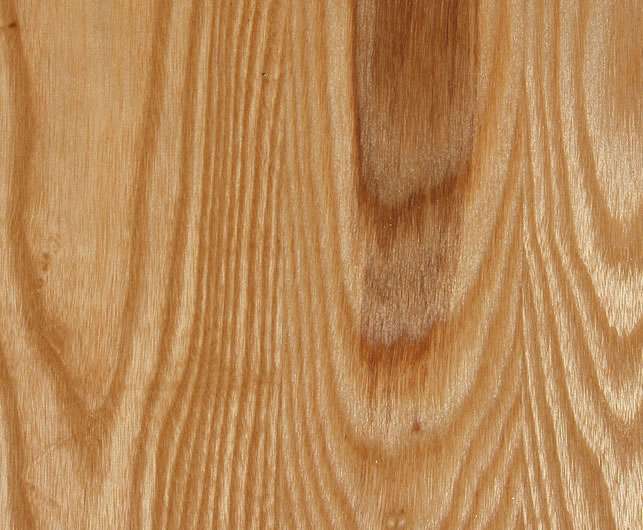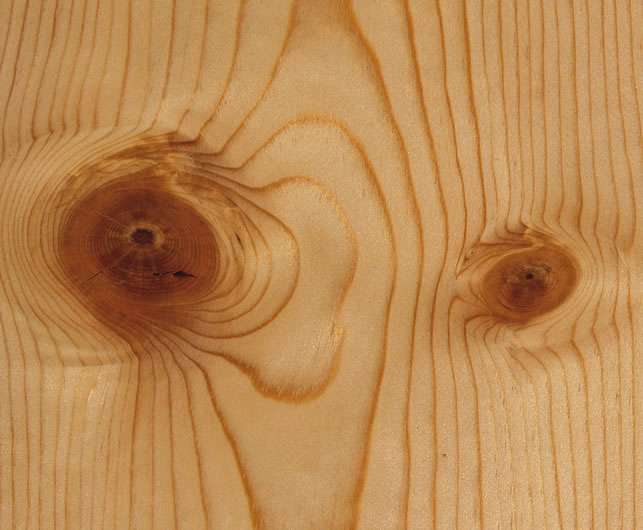T.M. Cobb offers a wide variety of wood species to choose from.
Scroll down for details of each wood species.
Please contact your local authorized T. M. Cobb Dealer for more details.
















Find out where is a dealer close to your location.